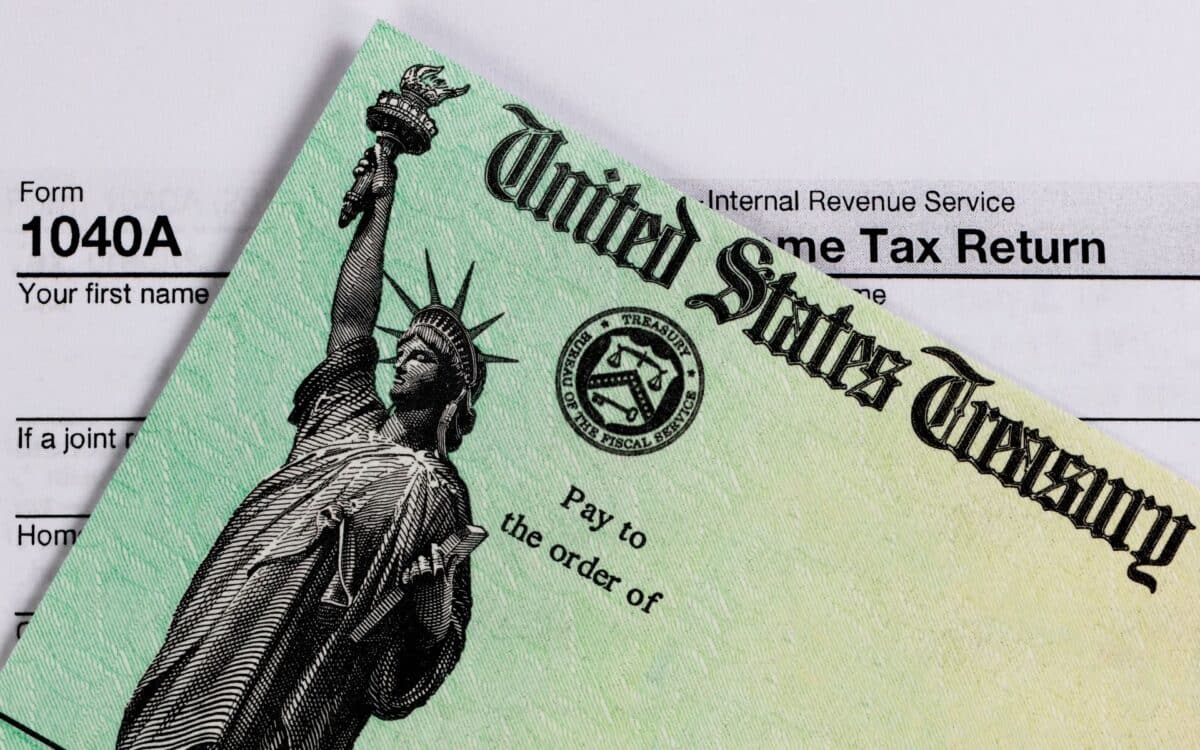A major shift is underway in how the federal government manages its financial operations. An executive order signed earlier this year by President Donald Trump mandates the elimination of both the issuance and acceptance of paper checks for all federal financial transactions, effective September 30.
The move affects a wide range of payments, from tax refunds to vendor disbursements, and marks a nationwide transition to digital payment systems.
According to CPA Practice Advisor, the goal is to cut costs, streamline delivery, and reduce fraud risks.
While the IRS has revealed little about the operational rollout, the shift signals a sweeping federal commitment to electronic funds transfer (EFT), including methods like direct deposit and prepaid card systems.
Broad Scope of Transition From Paper Checks to Digital
The executive order covers a wide range of federal disbursements, including intragovernmental payments, benefits payments, vendor payments, and tax refunds.
These transactions, currently flowing into and out of the United States General Fund, will now be conducted exclusively through EFT. A portion of the executive order reads:
“The continued use of paper-based payments by the federal government, including checks and money orders, flowing into and out of the United States General Fund, which might be thought of as America’s bank account, imposes unnecessary costs; delays; and risks of fraud, lost payments, theft, and inefficiencies.”
Cost Considerations Behind the Shift
The order emphasizes the cost burden of supporting paper-based payment systems. In fiscal year 2024, the federal government spent over $657 million to maintain the physical infrastructure and technology required to digitize paper records.
By transitioning fully to electronic payments, the administration expects to reduce these expenditures and increase the efficiency of federal financial operations.

All executive departments and agencies are tasked with enrolling payment recipients into EFT systems. This responsibility includes direct coordination with beneficiaries to ensure smooth and inclusive onboarding. Agencies must also revise internal procedures to eliminate paper check issuance and acceptance across their operations.
Exceptions to the Rule
While EFT will become the default method, the order allows specific exceptions under tightly defined conditions.
These include individuals without access to banking services or electronic payment systems, emergency payments where digital disbursement would cause undue hardship, and payments related to national security or law enforcement where EFT is not feasible or desirable.
Additional exceptions may also be granted at the discretion of the Secretary of the Treasury, as outlined in applicable regulations or formal guidance. This nuanced approach ensures operational flexibility while maintaining the primary objective of digital modernization.
The order mandates a significant public awareness campaign to educate the public about the transition. It also calls for close collaboration with financial institutions, consumer advocacy groups, and other relevant organizations.
These partnerships aim to “address financial access for unbanked and underbanked populations” and ensure that vulnerable groups are not left behind during the transition.









